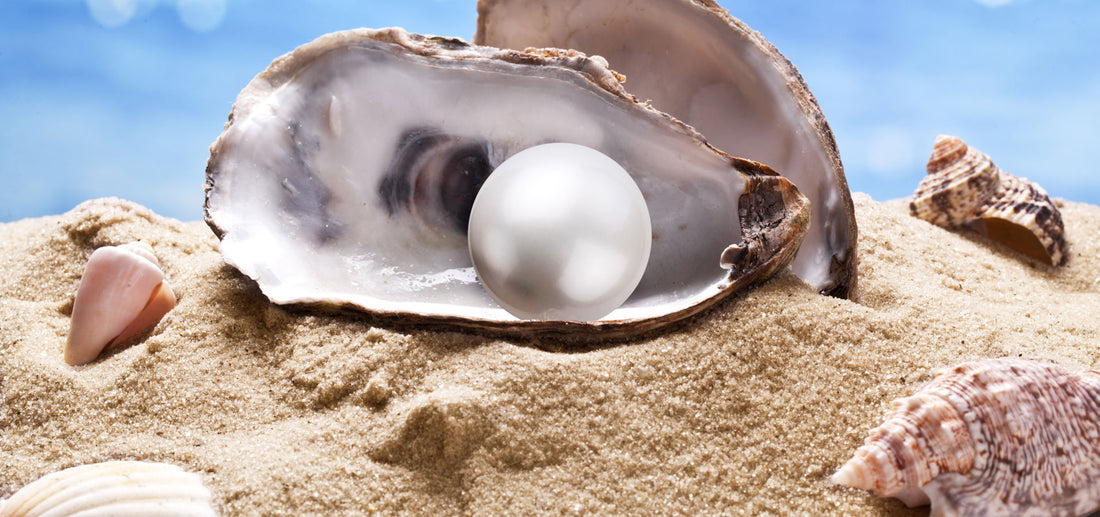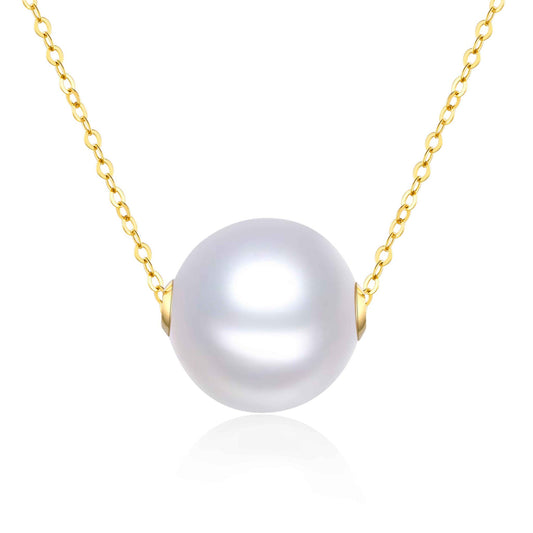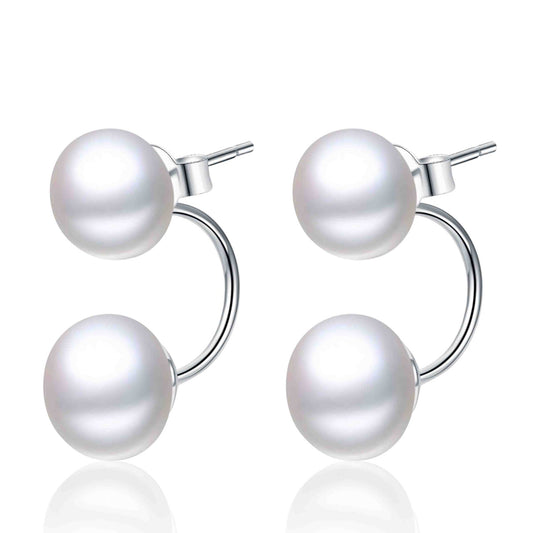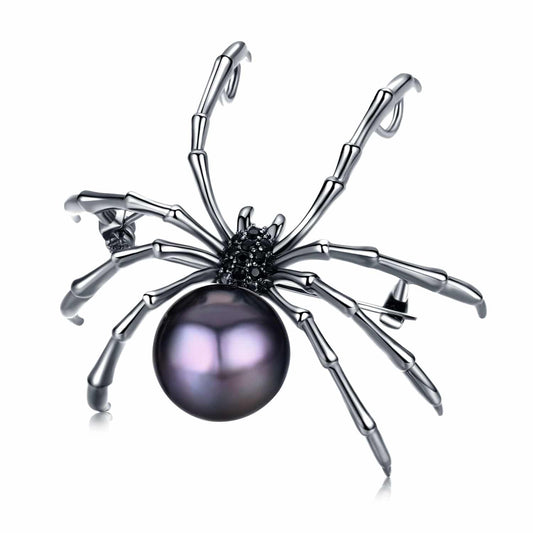
Pearls and the Environment: Uses of Pearl Farming Byproducts
Share
Zhuji, the Pearl City, produces about 2,000 tons of pearls each year, which forms about 75% of the worldwide cultured pearl production. More than 1,200 tons of these are low-grade pearls. Although some are used in low-end fashion pearl jewelry, there are still a lot of leftover pearls. With the development of the new technologies, innovative uses for these low-grade pearls are found every year.
Oyster meat and shells are also put to good use, and now and then, someone comes up with a new idea. Here are some of the applications we know of, both new and old.
A Blast from the Past
Around a thousand years ago, the Choctaw people, a Native American tribe, loved their mussel and oyster meat. They did not let anything go to waste, and had many uses for oyster shells:
- Shells were used in pottery making. The shells were first burned at high temperatures for days. After that, they were easily crushed into tiny flakes which were added to pottery clay. Pottery is less likely to break or warp during the baking stage when shell pieces are added, and the final product is much stronger than without.
- Many shells were turned into tools. The biggest and thickest were used as woodworking tools to debark trees and to hollow out the soft wood when making canoes. They also made digging tools for agricultural work. A hole was made in the shell, and a wooden handle was attached to it.
- The edges of flatter shells were rounded off and used as spoons.
- The ability to make jewelry from oyster shells was a highly prized skill.
A Food Source
Just from breathing, cows and pigs release carbon dioxide into the atmosphere, their waste contaminates water supplies, and they take up a lot of lands to graze. This is one of the reasons why more and more people turn to a vegetarian diet. But if you love your meat, there are good alternatives – mussel and oyster meat. They are delicious, good sources of protein, and farming them is even good for the environment.
Oyster and mussel shells are made out of calcium carbonate, which absorbs carbon dioxide, nitrogen, and phosphorus from their surroundings. These creatures do not need to be fed, as they filter plankton and other microscopic nutrients from the water in which they live. Unlike other animals raised to provide meat for us, oysters and mussels do not need to be given antibiotics to keep them healthy while they grow, which means that they are an antibiotic-free meat source that is better for our health.
Here are some uses of mollusk meat and shells in food:
- Fresh mussel meat is served in local restaurants in special dishes. When frozen, the meat can be shipped and sold across the world.
- Mussel meat is also made into snack foods in many different flavors
- Not all meat is suitable for human consumption and is, therefore, ground and added to animal feed.
- The shells are also sun-dried, ground, and added to animal feed.
Power Generation with Scrap Water
When pearls and mussels are separated, a lot of waste water is produced. In a process called anaerobic fermentation treatment, scrap water produces biogas, which is then used to generate electricity to power local villages.
Shells Used in Construction
Shells can also be used to construct high-grade walls. Tabby walls have been around for centuries, and the process to create them is as follows:
- Some shells are broken into pieces, while others are kept intact.
- A large portion of these is heated to a high temperature to make quicklime.
- The quicklime together with the rest of the cracked shells and whole shells are mixed with sand.
- Water is then added to form a cement-like mixture.
- This mixture is poured into wooden forms and tamped (stamped) from the top to make solid walls.
The mixture can also be used to make bricks, floors, foundations, and columns.
Shells in Art
Mussel and oyster shells are frequently used in artwork and decorations. Jewelry is made out of shells – we have a few exquisite pieces in our shop (see examples here and here).
Ground and crushed shells are still used in pottery today, just as the Choctaw people did.
Shells are also used in high-end ceramics. Shell powders are mixed with the clay to improve the quality and strength of ceramic products.
Pearly Clothes
Though not widely adopted yet, pearl fiber fabrics are extraordinary fabrics which are used to make clothing, like denim, underwear, jerseys, and blouses. The fiber is breathable, anti-bacterial, and has excellent moisture absorption properties.
Nanotechnology is used to extract material from pearl powders made from low-grade cultured pearls. The resulting fiber is similar to traditional viscose fibers but is softer, smoother, glossier, and more hygroscopic. The calcium in pearls nourishes and softens the skin. Pearl fiber has an excellent Far-Infrared Emission function and protects the wearer from UV radiation and ultraviolet rays.
And best of all, pearl fiber fabrics are natural, produced in an environmentally friendly manner, and are biodegradable!
Other Pearl and Shell Uses
Shells and low-grade pearl powders are used in natural medicines and supplements rich in calcium. Pearl powders are also used in skin care products.
Shells are used to filter water, and in some coastal areas, they’re used to combat erosion from the waves.
We’re proud to be part of an industry that endeavors to do everything they can to care for the environment.



